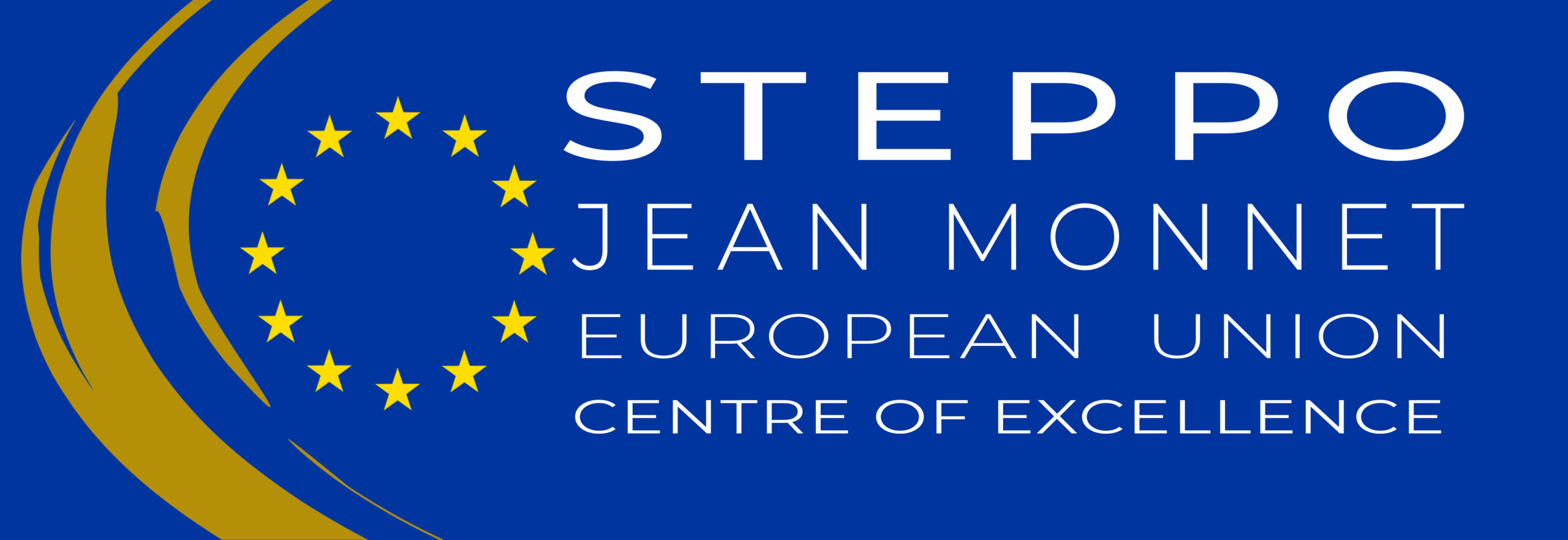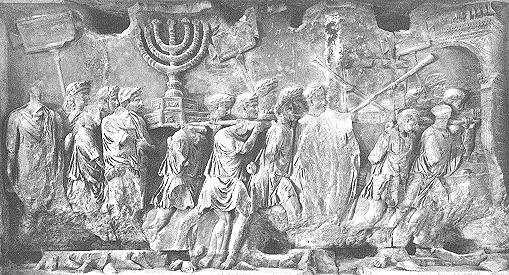Author: Andrzej Jakubowski
Committee: Art & Cultural Heritage Crimes
Date: 24/10/2023
On 16 October 2023, the European Parliament published the study “Cross-border claims to looted art” by Dr Evelien Campfens, current member of the Ethic Committee of the Dutch Museums Association, and former Director of the Dutch Restitutions Committee for Nazi-looted art. The study commissioned by the Parliament’s Policy Department for Citizens’ Rights and Constitutional Affairs at the request of the JURI Committee was today presented to MEPs in Brussels.
While referring to the European Parliament resolution of 17 January 2019 on cross-border restitution claims of works of art and cultural goods looted in armed conflicts and wars, the study addresses cross-border restitution claims to looted art, considering Nazi-looted art and colonial takings, but also more recent cultural losses resulting from illicit trafficking. It explains that although these categories differ considerably, certain important commonalties exist. In fact, despite historical and legal differences, all these categories concern involuntarily lost (“looted”) cultural objects.
The study explains that the said categories also have two major problems in common, the first problem being that the legal framework for restitution is highly fragmented which means that standards are not always clear. A second problem is caused by the fact that the ownership history of cultural objects (their provenance), and thus the unlawfulnes of the initial loss, often does not “stick” to objects. The study further argues that artefacts have for long been able to circulate on the market without documentation about their provenance, and this is still commonplace. Moreover, very often they are not even (well) registered and this makes identification after a loss difficult. In this regard and for an understanding of the infrastructure of the art world and blind spots in the system, the study highlights blind spots in the legal and policy frameworks and formulates recommendations on how these could be bridged.
As for the main common obstacles – blind spots in the legal and policy frameworks – two problems have been identified:
- a lack of clear standards and procedures to address and resolve claims: this obstructs access to justice for dispossessed owners, communities, and states of origin, and in addition it jeopardizes legal security in the art world;
- cultural objects can be traded and possessed without documentation demonstrating their lawful provenance; this makes the distinction between cultural objects with a “lawful” provenance and those with an “unlawful” provenance difficult to determine, which in turn is an incentive for the illicit trade.
To counter these obstacles pragmatic solutions have been proposed which call for placing more attention on provenance research and the traceability of cultural objects, and for guidance and procedures to clarify norms and standards. Among the wide list of possible improvements to the existing EU system the following recommendations should be mentioned.
First, the study recommends establishing mandatory due diligence standards for the trade to be adopted within the EU legal framework.
Second, the study advocates setting up a registration system to enable the identification and traceability of cultural objects to prevent looting, but also for restitution efforts.
Third, the establishment of a knowledge-centre for provenance research is recommended as the EU should take a role in the standardization (certification) of provenance research.
Fourth, the study advocates setting up Central (EU) ADR mechanism that would enable developing neutral and accessible procedures to ensure that promises about justice are upheld. It explains that, whilst some EU Member States set up procedures for specific (historical) claims, many restitution claims remain uncovered – resulting in typically European cases being adjudicated before US courts. In addition, it is argued that the availability of an appeal (ADR) procedure at the EU level could enhance harmonisation of norms.
Last but not least, the creation of EU Agency for cultural objects is recommended. This would offer the supervision and operation of the licensing system envisaged in the Regulation (EU) 2019/880 of the European Parliament and of the Council of 17 April 2019 on the introduction and the import of cultural goods – which should be operative by 2025. Indeed, the effective function of this system needs to be accompanied by the establishment of a clearance system to address the problems that will surface regarding cultural objects without a clear provenance. The study explains that such an organisation should provide for neutral and transparent procedures to assess title and provenance issues, but beyond that could have tasks in terms of the setting up and/or coordination of a knowledge centre for issues relating to provenance research; a coordinating authority for a central registration system; a transparency register for unprovenanced cultural objects (as proposed hereunder); and a certification system for art market professionals.
Overall, the study emphasises the role of provenance research to enable and secure more ethical, fair and lawful trade in cultural goods in the EU.

